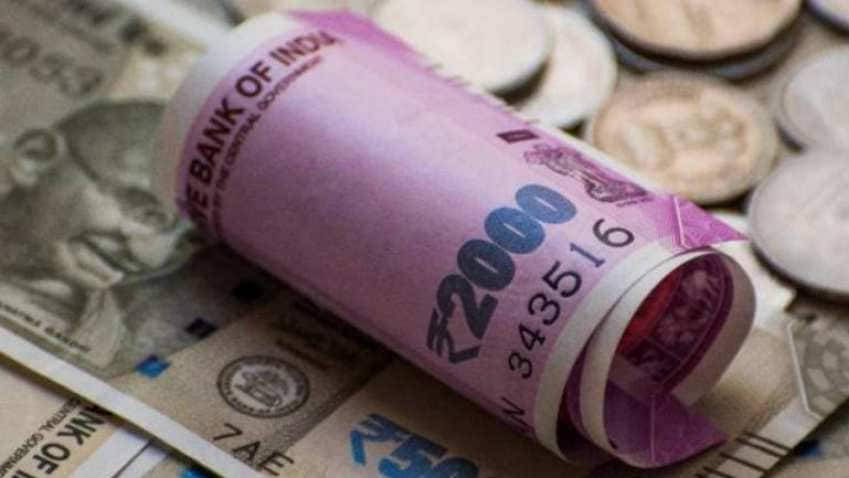- May 13, 2020
- Posted by: Amit Pabari
- Category: Currency

In recent times, when the markets were waiting for stimulus, they got surprised by extra borrowings that the government recently announced. The government said it would be borrowing Rs 12 lakh crore for the full fiscal, instead of the originally planned Rs 7.88 lakh crore, due to the coronavirus pandemic. However, the government did not announce a revised fiscal deficit target for 2020-21, but the alteration of borrowings shows the expected widening of the fiscal deficit.
From April mid, Indian bond yields have been on the falling constantly and have fallen by 53 bps from 6.50 percent to 5.97 percent as on last week. These yields spike immediately back near 6.16 percent as RBI hasn’t announced further open market operations (OMO) or Operation Twists to back the increased borrowings.
Due to multiple rate cuts, OMOs, and other measures of adding stimulus in the system, banks now have excess liquidity with them. Banks have been parking their huge excess liquidity with the RBI, thereby earning a 3.75 percent reverse repo rate. Also, higher long term yields make long term investment more expensive. This discourages foreign borrowings and investment in the country
Majorly, Government’s and RBI’s increased long term borrowings imply below given factors:
Reduction in the liquidity of the banking system: The banking system’s liquidity surplus is likely to lessen due to heavy borrowing. The government plans to borrow Rs 30,000 crore every week, against Rs 20,000 crore originally planned. Banks can deploy their excess surplus liquidity in buying these bonds.
Lowering the long term yields without a cut in key interest rate: Because of the present market conditions, investors are hesitant in making long-term investments or taking long term loans. A high market yield on long-term securities often raises the interest rates on long-term loans. This can affect customers seeking long term loans or other long-term borrowings.
Create Space For Fiscal Stimulus: Markets are anticipating that the increased borrowing shall mostly cover the shortfall in revenue or creates room for further spending. An increase in market borrowing with a hike in fuel taxes is expected to give the government an additional Rs 1.4 lakh crore. This would reduce the pressure from estimated tax and non-tax revenue loss of around 2 percent of GDP. It will also give it room to scale up expenditure by Rs 1.9 lakh crore.
However, the excess borrowing on the part of RBI needs to be backed by creditable Operation twists and OMOs to curb huge volatility in the yields. RBI has already bought around Rs 1.3 lakh crore of bonds in the current fiscal year and may go for more purchases via OMOs and operation twist. If it doesn’t go for more purchases, long term yields can spike due to huge supply and lack of FPI inflows.
On the other hand, if RBI continues to borrow, it will significantly increase the Rupee liquidity which is needed to keep the financial conditions smooth till the COVID-19 disruption passes. Generally, excess of rupee liquidity tends to depreciate the local currency. However, aggressive cut-offs set by the RBI as well as the acceptance of bids beyond the notified amount indicated firm demand for bonds. And if RBI announces more OMOs and Operation Twists, the lower yields could sustain which can ultimately invite foreign inflows in the Indian bond market during near to medium term.
For the near term, the impact of borrowings on rupee shall remain neutral to see if more OMOs are announced. Hence, it is likely that the pair will continue to trade within its range of 74.85-76.20 levels for the next few sessions. A breakout in the given range back by any announcement shall bring in the momentum of 50-80 paisa. However, May is a historically depreciating month for the rupee. If the seasonality effect plays its role this time too and if the pair breaks 76.20, then we might see it moving towards 77.50 levels in the days to come.
-Amit Pabari is managing director of CR Forex Advisors. The views expressed are personal.
Leave a Reply
You must be logged in to post a comment.




